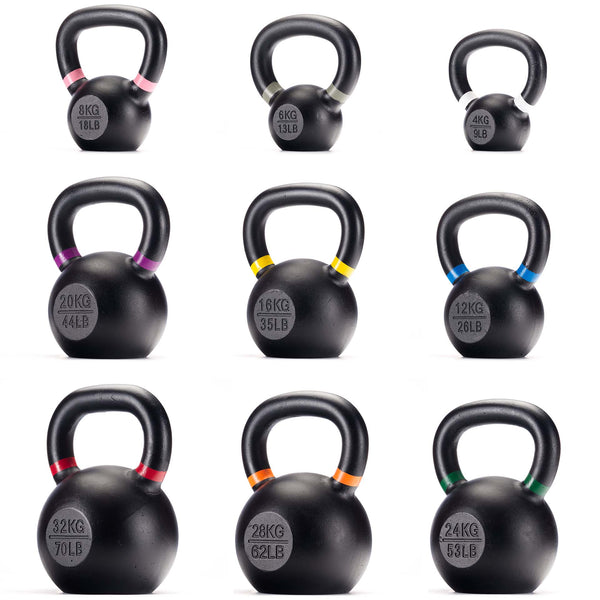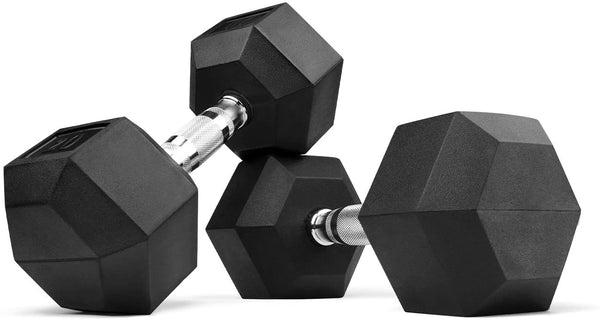Your Cart is Empty
May 11, 2023 3 min read
Designing a home exercise program with sit-ups is an excellent way to incorporate cardiovascular and strength training into your workout routine. Sit-ups are one of the most popular exercises for both men and women and can be performed at home without specialized equipment or weights. This type of exercise is great for toning and strengthening core muscles, improving balance and coordination, and helping you achieve overall fitness goals. With a few simple tips, you can create an effective home exercise program with sit-ups that will help you reach your fitness goals.
Shop The Collection: KettlebellsSit-ups are an effective way to work out your abdominal muscles, including your rectus abdominis (abdominals), transverse abdominis (deep ab muscles), and obliques (side abs). These core muscles are responsible for stabilizing and controlling your torso during activities such as running, jumping, and lifting. Strengthening these muscles can reduce your risk of injury, improve posture, and make everyday activities easier. Additionally, doing sit-ups regularly can help you burn fat and build muscle, leading to a leaner, more toned body.
 Shop The Gear: MAGMA Cast Iron Kettlebells, from $10.99 USD
Shop The Gear: MAGMA Cast Iron Kettlebells, from $10.99 USD
Before you begin any exercise program, it’s important to check with your doctor to make sure you are healthy enough to exercise. Once you’ve been given the green light, it’s time to get started. Start by mastering the basic form of a traditional sit-up. Begin by lying on your back with your knees bent and feet flat on the floor. Place your hands behind your head, interlacing your fingers. Then slowly lift your upper body off the floor until your shoulder blades come off the ground. Hold for a second and then lower your upper body back down. Make sure to keep your neck in line with your spine throughout the movement.
Shop The Collection: DumbbellsDoing sit-ups correctly is essential for achieving optimal results and avoiding injury. Here are some tips to ensure proper form:
 Shop The Gear: MAGMA Rubber Hex Dumbbells, from $5.99 USD
Shop The Gear: MAGMA Rubber Hex Dumbbells, from $5.99 USD
Once you have mastered the basics of sit-ups, it’s time to start designing your home exercise program. The following steps can help you create an effective program:
Designing a home exercise program with sit-ups is an excellent way to incorporate cardiovascular and strength training into your workout routine. By following the steps outlined above, you can create an effective plan that will help you reach your fitness goals. Remember to listen to your body and take frequent breaks to prevent injury and burnout. With consistency and dedication, you can achieve your desired results.
Shipping Protection gives you peace of mind while saving you time and money.
Shipping Protection provides coverage for eligible orders that are lost or damaged in transit, or stolen after delivery has been confirmed by the carrier. MAGMA Fitness, through its partners, administers the protection program and may receive compensation for these services. Coverage is subject to the terms, conditions, and exclusions outlined in our Shipping Protection Terms & Conditions.